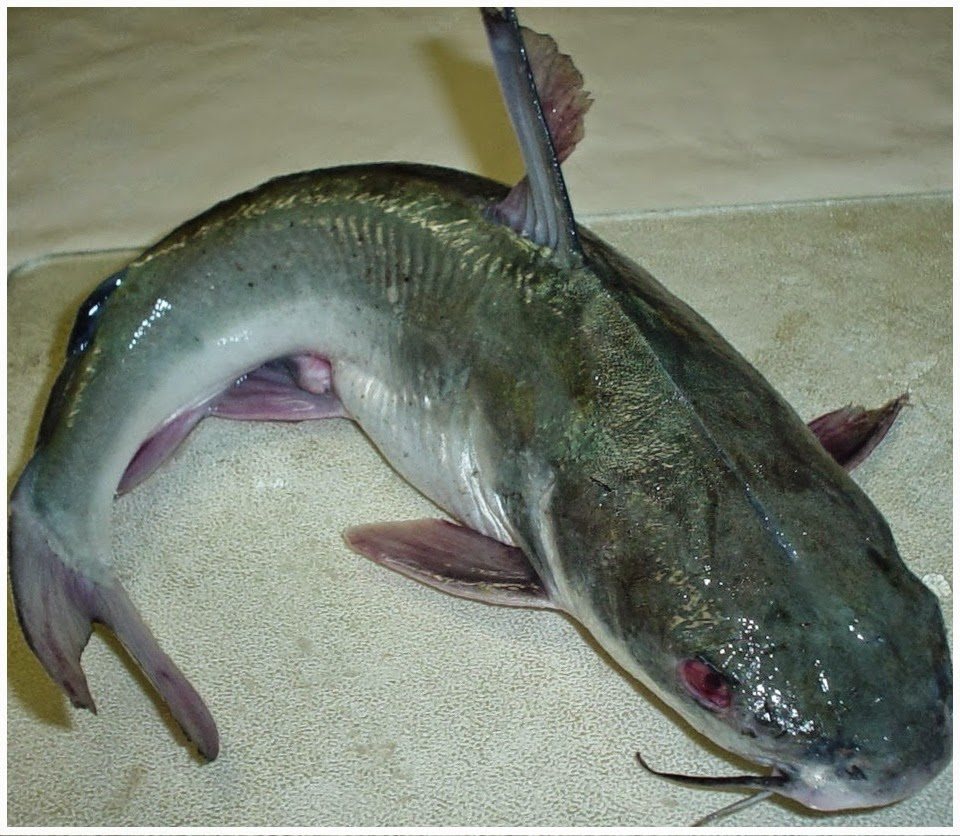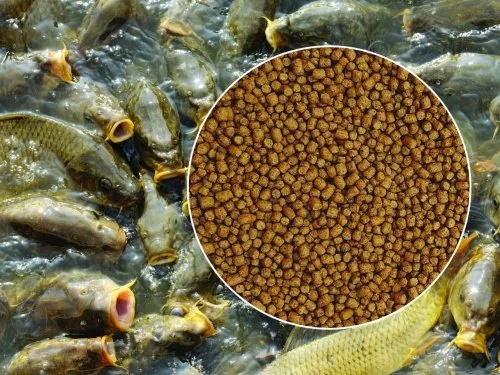This tutorial will give you vital information on the tips for keeping fish feed fresh and preventing spoilage. Due to the high cost of grains used in fish feed production, it is essential to preserve them carefully to prevent spoilage.
The rising cost of imported fish feed is becoming too much for farmers, leading to increased demand for locally produced feed.
Insecurity and killings of farmers in Nigeria’s villages contribute significantly to the country’s food scarcity and inflation. Consequently, many fish farmers have shut down their operations.
In this post, we will explore various methods for storing locally-produced fish feed to prevent spoilage. Currently, farmers must know how to create their feed to be profitable and remain competitive in the industry.
Recommended for you: Most Effective Ways to Sell Your Catfish, Boost Your Profits.

Factors Contributing to Fish Feed Spoilage
Effective feeding is crucial for aquaculture operations as 70% of expenses are spent on it. Careful handling and proper storage are necessary to maintain its effectiveness.
Losses in the quality and quantity of feeds can be caused by factors such as rain, insects, high temperatures, direct sunlight, fungi, fire incidents, and theft.
In view of the foregoing, it’s important to take into account of properly handling feeds which is crucial to prevent spoilage before use.
Tips for Keeping Fish Feed Fresh and Preventing Spoilage
To ensure the longevity of the fish feed, it is important to follow these guidelines:
- Store your fish feeds in a cool, dry, and well-ventilated location. Use a secure and well-insulated building for storage and prevent rain and surface water from entering the room.
- Create ventilation points, not windows. Place them low on the windward side and high on the leeward side. Mesh entry points to keep pests out.
- Fish Feeds should be used within two months of purchase to prevent vitamin deterioration. Monthly purchase and delivery is ideal.
- It is not recommended to stack feeds higher than five bags. It is important to keep the stacks away from the walls to allow proper air circulation between the bags. This helps maintain consistent moisture and temperature levels. Stacking a large amount of bags can generate heat, which can have negative effects.
- To maintain the quality of feeds, it is better to use wooden pellets instead of placing them on a concrete floor. The concrete surface is typically colder than the surrounding air, which leads to moisture migration in the feed towards the cooler area. This causes mould growth and spoilage in the part of the feed that is in contact with the concrete floor or wall.
- Avoid storing feed in direct sunlight as temperature changes between day and night can cause spoilage and adversely affect vitamin and lipid quality.
Read also: Types of Catfish in Nigeria & How to Procure the Right Fingerlings.
Other Tips that Could Help.

In addition to the above;
- The feed store must be kept clean, with regular sweeping of floors and walls, and prompt removal of spilled material. Additionally, the contents of broken bags should be used first.
- The oldest stocks should be used first according to the first in, first out principle. Do not use spoiled or expired feed.
- Staff should not be permitted to eat, sleep, or smoke inside the store. Strict stock control policies must be enforced.
Wrap Up
Fish farming is an intriguing business with tons of benefits. The more sumptuous share of the expenditures in the business goes to feeding. Therefore, it becomes critical for fish farmers to discover how to farm and preserve their own locally-made feed. By doing so, proceeds would be maximized.



